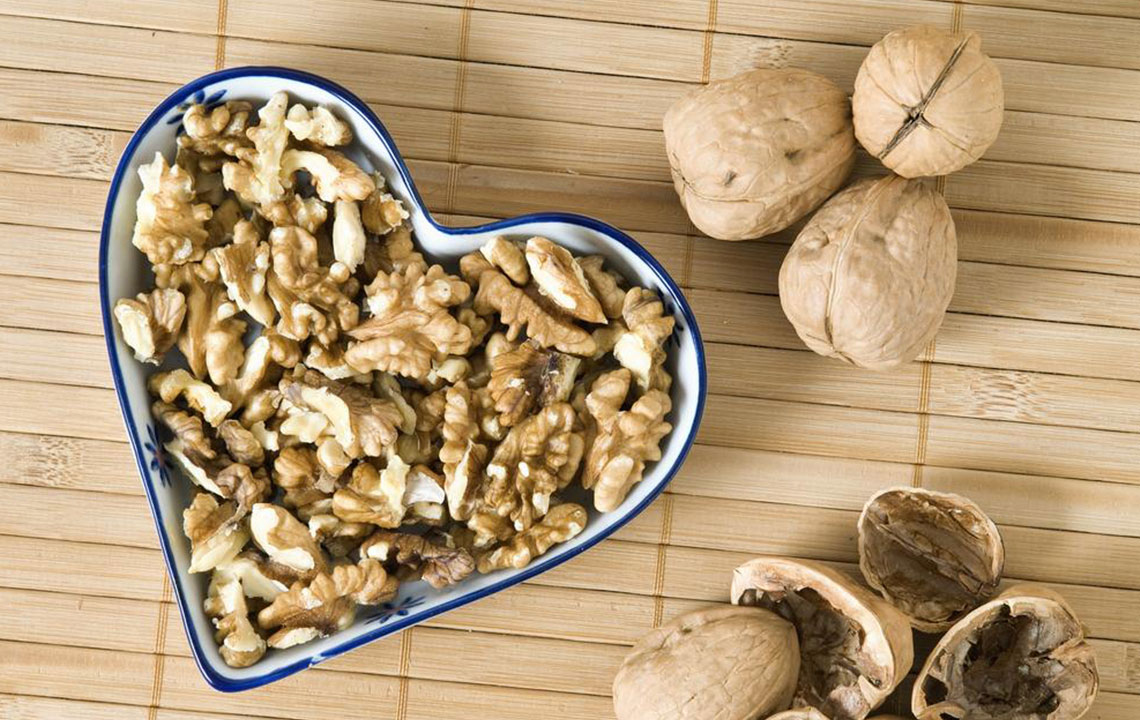Essential Factors Influencing Atrial Fibrillation Development and Management
This article explores critical factors influencing the development and management of atrial fibrillation, highlighting causes, treatment options, dietary recommendations, and preventive measures. Early detection and lifestyle changes are emphasized to reduce risks and improve heart health.

Key Elements Impacting the Onset and Treatment of Atrial Fibrillation
Important aspects that influence the emergence and management of atrial fibrillation
Atrial fibrillation is a condition affecting the heart's rhythm, characterized by irregular and often rapid heartbeat. It occurs when the upper chambers of the heart beat chaotically, disrupting blood flow to the ventricles. While it may not always cause severe health issues, atrial fibrillation can significantly increase the risk of heart-related mortality. Recognizing and treating this condition early is vital to prevent serious complications. Below are key factors related to its causes and treatment options:
Symptoms can include palpitations, chest discomfort, weakness, and fatigue, but some individuals remain asymptomatic. Often, the diagnosis occurs during routine checkups. Early detection is crucial to avoid serious heart issues. Here’s what you should know about the factors leading to atrial fibrillation and its treatment:
Common Causes of Atrial Fibrillation
The condition often stems from structural heart damage or abnormalities. Contributing factors include:
Previous heart surgery
Problems with heart valves
Congenital heart defects
Thyroid gland dysfunction
Lung diseases
Viral infections
Overuse of certain medications
High alcohol, caffeine, and tobacco consumption
In some instances, causes remain unknown, complicating treatment strategies.
Approaches to Managing Atrial Fibrillation
Management combines techniques to control symptoms and restore normal rhythm, including:
Electrical cardioversion: Using shock therapy to reset heart rhythm.
Catheter ablation: Targeted destruction of abnormal heart tissue via radio waves when medications are ineffective.
Pacemaker implantation: Device inserted to regulate slow heartbeats.
Anticoagulants: Blood-thinning medications like Warfarin, Heparin, or Aspirin to prevent stroke, with caution for bleeding risks.
Dietary Adjustments During Treatment
Proper nutrition plays a significant role. Recommendations include:
Reducing salt intake to control blood pressure
Increasing fish consumption for healthy fats
Eating whole grains rich in fiber and nutrients
Limiting saturated fats from dairy products
Preventive Strategies for Atrial Fibrillation
Adopting a healthy lifestyle reduces risk. Tips include:
Avoiding smoking
Maintaining a healthy weight
Managing stress effectively
Engaging in regular physical activity
Limiting unnecessary medications
Eating a balanced diet and avoiding junk food
Regular medical checkups and proactive risk management are essential to prevent atrial fibrillation and other heart conditions.










